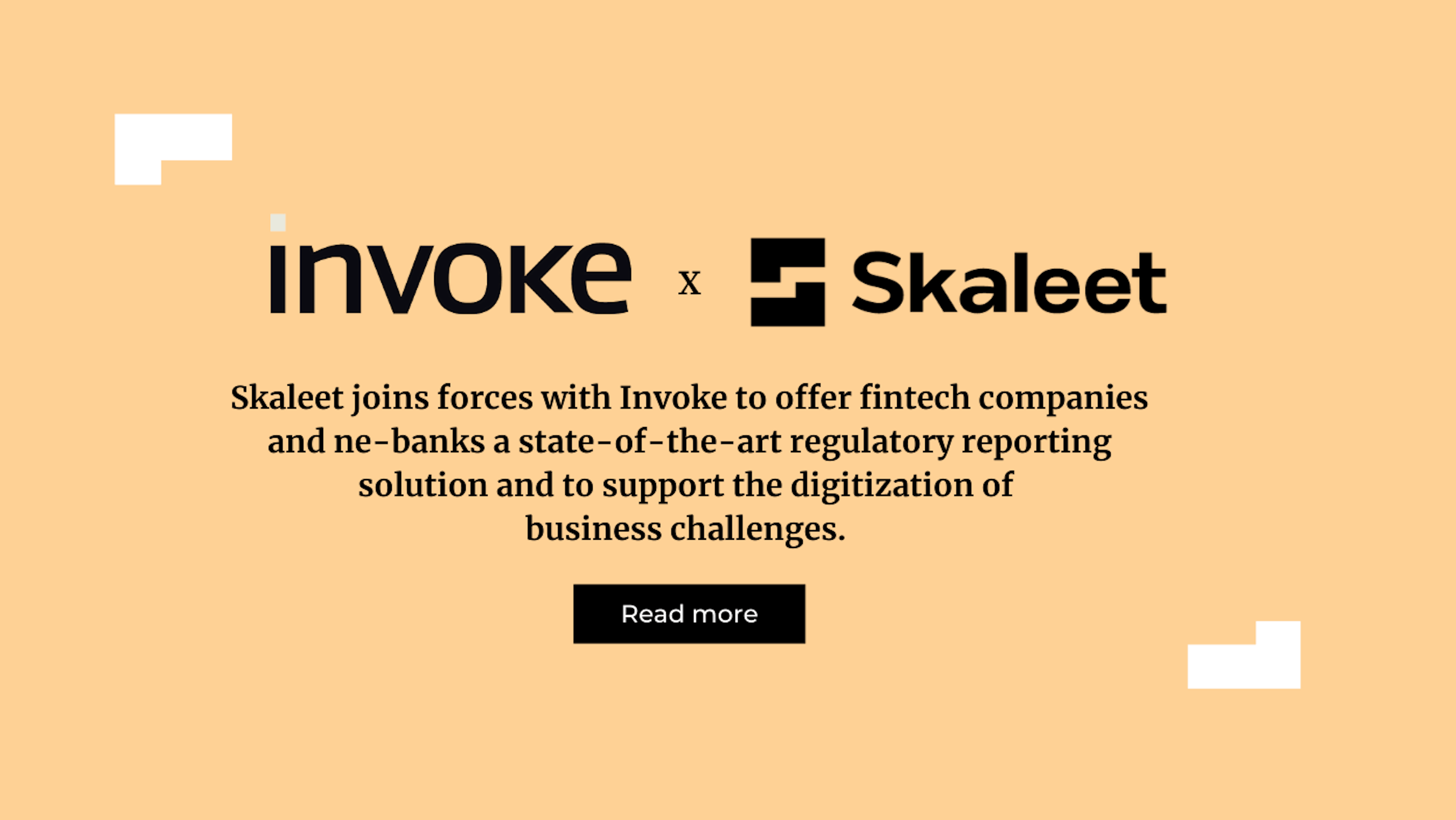COVID-19 has accelerated the need for the banking market to transform itself. Redesigning financial services to better meet market needs is vital to enabling consumers around the world to achieve whatever aspirations they may have in life. The next step is to make these financial services imperceptible by integrating them into everyday life. We are already starting to see this with solutions that have sprung up as of late, such as Amazon Lending or Apple Pay, which are bridging the gap between consumers and businesses. Faced with the rise in power of digital banks, neobanks and Big Tech, traditional banks are looking for a new form of innovation to fight these digital players: Enter “The Greenfield Project.”
What does it mean?
To stay in the game, banks need to break free of their legacy systems and operations while continuing to leverage their expertise, compliance, and balance sheet. The objective will be to build a new bank—a digital one, from scratch—and it must be capable of cannibalizing the existing bank. This project will join the banks' expertise with the aspirations of customers while remaining under the control of a regulated institution. This way, banks act as platform facilitators. The opportunities for co-creation are significant. By combining the advantages of a traditional bank with the agility and flexibility of fintech companies, a bank will be able to quickly create compelling solutions and deliver them directly to customers. In the last few years, we have seen this trend emerge with Marcus from Goldman Sachs, Boursorama from Société Générale and also Pepper from Bank Leumi.
The trend of building your own digital bank has been increasing for some time now. It's a whole new world where technology drives the digitization of financial services. Building a digital bank is becoming a strategy for innovation which is now being considered more and more seriously.
Creating a Digital and Intelligent Bank
Looking to the future, traditional banks plan to create digital, transparent, and smarter banks where customers will be at the fore of the ecosystem. New financial products and services will be personalized, proactive, relevant, and better adapted to customers' needs because banks will have mined and analyzed consumer data.
To achieve this goal, a bank must create a whole new culture based on innovation, openness, agility, and growth. Using cloud technologies, next-generation Core Banking, Open Banking, APIs, artificial intelligence and machine learning—not only to automate processes and offer real-time insights, but also to explain how decisions are made—is becoming essential to building a leading, mobile-centric digital bank. Based on a Core Banking Platform solution, banks can create players for the digital revolution by creating seamless customer experiences and by moving away from a bank-for-all philosophy to a bank-for-each philosophy, which is what today's consumers are looking for.
New technologies
Priorities have greatly changed, with new technologies being the main drivers of strategic change for banks, along with evolving customer expectations and regulatory requirements. Technologies such as AI, machine learning, APIs, blockchain, and cybersecurity have become key strategic considerations in the evolution of tomorrow’s bank. Moreover, banks have made increasing investments in these innovations, and regulators are increasingly seeking to regulate these technologies. The banking market (regulators, boards, banks, fintech companies) is very aware of the need for innovation and the growing impact of technology. These technologies will enable banking players to quickly integrate new ideas and features into their platforms and offerings while facilitating the scaling of financial products and services. However, you have to be ready, digitally speaking, and able to exploit these new technologies 100%.
New and enterprising players
Fintech companies, neobanks, and platform specialists are technology-focused and customer-focused players. They are able to harness the full power of disruptive technologies to develop relevant financial products and services for customers, all at an unbeatable cost.
Neobanks such as Monzo, Starling Bank, N26, or Revolut were designed from the ground up in the digital world. Meanwhile, GAFA and Big Tech are testing the limits of the banking world by creating digital banks and payment cards with the help of their technical capabilities and their partners (Google, Apple, and Samsung). This observation leads us to ask some questions: How can a bank compete with such fast, agile, and digital players? Then, how does a bank move from a product culture, which is driven by strategic decisions, to a technical and customer-centric culture?
Aging IT architecture
Unfortunately, most traditional banks today have a complex IT architecture and systems that are not well-adapted to the digital age. Because of the product silos created, this makes them inflexible and difficult to maintain, modify, and evolve, so they are increasingly expensive. Several banks have therefore decided to move towards a strategy of gradually renovating their IT systems, while deploying new technologies for the bank's lines of business over time. This strategy is time-consuming and costly due to an increase in the number of complex projects and a series of implementations to be conducted over several years. To avoid this never-ending quagmire, banks need to take a stand. They need to disrupt their existing system, their organization, and their culture in order to “rebuild” a new bank based on new technology and an agile and innovative culture.
But many banks rely on their legacy system, legacy organization, and legacy culture. How does a traditional bank break the pattern and move toward becoming a truly digital bank?
Disrupt the existing and start anew in the digital era
By removing these barriers, banks will be able to self-assess and define a new roadmap to success. While digital transformation has long been in the plans of most banks, it is now necessary to turn to an alternative: create a new fully digital bank under a new brand while leveraging the strengths of the traditional bank, namely business expertise and compliance.
In creating a new digital player, banks will create a more agile and innovative culture, such as found in fintech companies. In addition, they would have a competitive advantage over neobanks and Big Tech because they would be creating a new bank, complete with an existing customer base as well as regulatory and compliance knowledge. In addition, they would already hold a banking license.
Creating a digital bank is no longer a new thing; several banks have already embarked on this project: Marcus from Goldman Sachs, Boursorama from Société Générale, Pepper from Bank Leumi, and OpenBank from Santander in Spain. In deciding to implement a new cloud-based entity on a Core Banking Platform, a bank will indeed be well on the way to making the digital transformation. This cloud-based solution provides additional security and scalability and enables continuous deployment of new features and updates to a bank's financial services.
Ring out the old and ring in the new!
By discarding the old and costly system—and the risks associated with incremental upgrades—a new digital bank can be built and be operational within 3 months. By embarking on a standalone Greenfield project, traditional banks can accelerate their digital transformation, leverage new technologies and design an agile culture. They just have to take the initial step of creating a digital bank!

